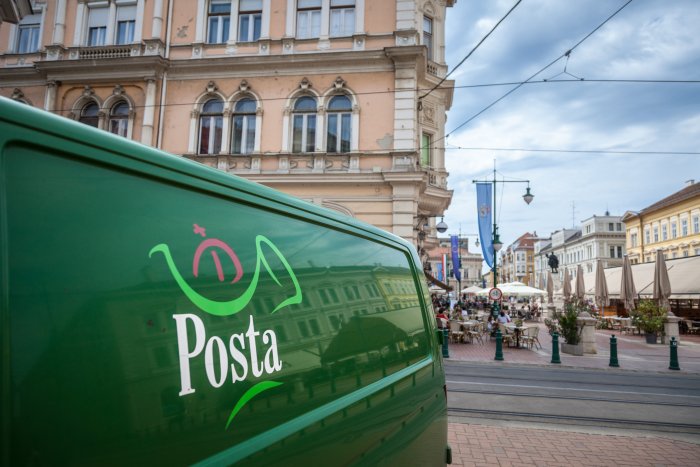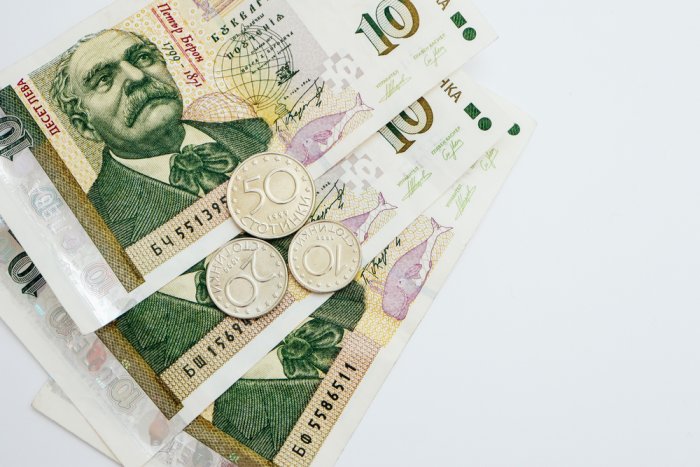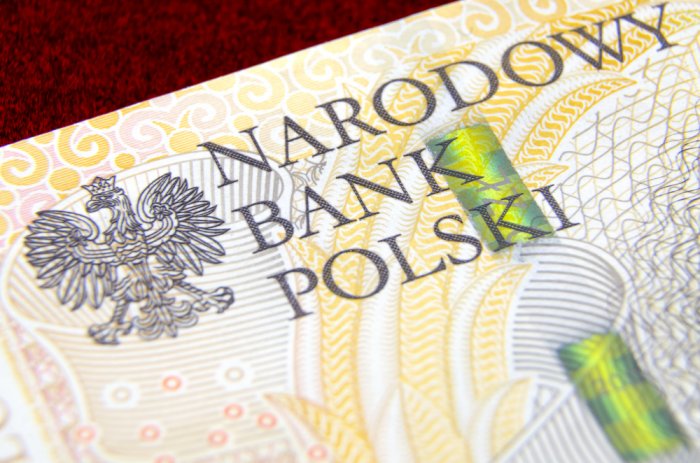Diplomatically Speaking: Shared Fundamental Values Build ‘Close and Constructive’ Relationship

Masato Otaka, Japan's Ambassador to Hungary
Hungary and Japan have long-held formal diplomatic ties, going back a century and a half. Ambassador Masato Otaka talks to the Budapest Business Journal about the strength of this enduring bilateral relationship.
BBJ: When were bilateral links established between Hungary and Japan?
Masato Otaka: It goes back to 1869 when bilateral relations between Hungary and Japan began when what was then Austro-Hungary and Japan signed a Treaty of Friendship, Commerce, and Navigation. It was dramatically enhanced in 1989 when Japan extended support at the time of the regime change in Hungary. For more than a century and a half, the two countries have been enjoying a close and constructive relationship in various areas such as economy, politics, security, science and technology, as well as culture and education. 2019 marked the 150th anniversary of diplomatic relations between the two countries, which was colored by various cultural events and visits, including Princess Kako’s visit to Hungary and that of President János Áder and Prime Minister Viktor Orbán to Japan.
BBJ: What are the latest trade figures, and what are the trends?
MO: The bilateral trade volume reached EUR 2.1 billion in 2019. It has grown by 45% over five years (2014-2019), though in 2020, due to the coronavirus epidemic, our trade turnover has fallen to EUR 1.8 bln. I expect the figures to be improved soon.
BBJ: Everyone knows about Japan's automotive investments in Hungary. Are these future-proof investments? And what are other key sectors?
MO: Both the EU and Japan have announced and committed to achieving a carbon-neutral goal in 2050. In line with this target, environment-friendly products are highly required nowadays. Japanese companies are very much aware of this and have enough technical knowledge to take advantage of recycling. We look for a circular economy, so Japanese companies seek to contribute both to the target and to Hungary’s economy and society. As to recent investments, in April 2021, Seiren, a Japanese fiber manufacturing company, announced it would invest about EUR 42 million to establish a plant in Pécs. Its eco-friendly car upholstery must be one of the examples of a contribution to the circular economy.
As Japanese companies have historically invested in Hungary ahead of other Asian countries, the approximately 170 Japanese corporations operating here represent the most extensive presence among Asian countries. Six Japanese companies (Alpine, Bridgestone, Denso, Ibiden, Suzuki, and Zoltek) have strategic partnerships with the Hungarian government, the fifth-highest number by one country. Most Japanese companies, including these six, have maintained their employment levels in Hungary even during the pandemic. TDK, SEWS, Alpine, Denso, and Diamond Electric, for example, have even announced additional investments recently.
The food industry is another key sector. In April 2021, a famous Japanese instant noodle maker, Nissin, announced its investment in an additional plant in Kecskemét. The noodles made from Hungarian wheat are exported to various European countries.
BBJ: What are the key Hungarian exports to Japan and Japanese exports to Hungary?
MO: Hungarian agricultural products such as foie gras, honey, and Tokaj wine, are popular among Japanese people. Nowadays, Hungary has also started to export sweet corn to Japan. Since the confirmation of African Swine Fever (ASF) in wild boars in Hungary in April 2018, Japan has had to suspend pork imports from Hungary. Still, the veterinary authorities of the two countries have agreed on a safety arrangement, and I hope imports will resume. Before the suspension, Japan imported about JPY 10 bln (HUF 23 bln) worth of pork from Hungary in 2017, including Mangalica pork, which is well known as a high-quality foodstuff.
BBJ: How much money has been invested into Hungary by Japanese firms, and how many jobs created. What is the geographical spread across Hungary?
MO: The stock of FDI by Japanese companies is approximately EUR 2.8 bln, making Japan the eighth largest investor in Hungary. Japanese companies employ more than 30,000 people in the country. Considering that exports largely uphold Hungary’s robust economy, Japanese companies are playing a full support role. In terms of the profit from export by foreign-owned companies in Hungary, Japan ranks third among all investing countries. In recent years, Japanese companies have established plants in different localities of Hungary. GS Yuasa has built a lithium-ion battery factory in Miskolc [186 km southwest of Budapest by road], and Seiren plans to set up its factory in Pécs [238 km south]. We are also very honored that Japanese companies are contributing to the economic development of local cities.
BBJ: How would you characterize the political relationship? What areas of disagreement are there?
MO: Hungary and Japan have built strategic partnerships in the economy, politics and security, science and technology, and culture and education. We share fundamental values and cooperate to tackle common international issues. We also look forward to strengthening policy dialogue and defense cooperation, announced at the leaders meeting in 2019. Japan also strengthens its ties with Hungary through the EU and Visegrád Four (V4) frameworks. Japan is the first country outside of the EU to hold regular talks with the V4 [the Czech Republic, Hungary, Poland, and Slovakia], and the “V4 plus” Japan cooperation is steadily evolving. The EU-Japan Economic Partnership Agreement, signed in 2018, has added a further dimension to our partnership. I look forward to further promoting the bilateral relationship throughout my mission in Hungary.
BBJ: How strong are the cultural links?
MO: Cultural links between the two countries have been strong. For example, Ikebana (Japanese flower arrangement), Japanese martial arts, and Wadaiko (Japanese drums) are very popular in Hungary. On the 150th anniversary of bilateral links, we organized an Ikebana demonstration as an opening event and a Wadaiko concert as the closing event. We were pleased to see the venues full of people. Besides these traditional Japanese cultures, our pop culture, such as anime cartoons and manga comics, is very popular amongst young Hungarian people.
Looking in the other direction, Ferenc Liszt is famous among the Japanese. Many performances of his music are given in Japan, and approximately 30 to 40 Japanese students are currently studying at the Liszt Ferenc Academy of Music. Herend Porcelain and the Rubik Cube are also well recognized in Japan.
I should also mention that both the Japanese and the Hungarians like to go to hot springs to relax. Another interesting similarity is that we both love pickled vegetables. In this way, both countries have some common cultural aspects and respect for each other’s culture. After a series of events during the 150th anniversary year, we feel that the people of both countries are even more culturally attached, and the close amicable relationship will be further developing.
BBJ: Could you give us any direct examples of where the embassy has successfully intervened on behalf of Japanese companies or the Japanese community?
MO: One of our embassy’s essential tasks is to improve the investment and business environment for Japanese companies in Hungary. While respecting their own management decisions, our embassy is always ready to talk and negotiate with the related ministries and local governments to provide the necessary support for them. This is particularly true during the COVID situation.
I believe it is important that as many Hungarian people as possible know the various attractive aspects of Japan, which would lead to the promotion of understanding of the Japanese community here and Japan itself. By using social media, we are introducing our culture and gastronomy. My Facebook account (Nagykövet OTAKA Masato), for instance, presents recipes for Bento, Japanese lunch boxes. One of the main concepts of this series is to use Hungarian ingredients. I would like to encourage Japanese- and Hungarian-language readers to take a look at my Facebook page.
This article was first published in the Budapest Business Journal print issue of May 21, 2021.
SUPPORT THE BUDAPEST BUSINESS JOURNAL
Producing journalism that is worthy of the name is a costly business. For 27 years, the publishers, editors and reporters of the Budapest Business Journal have striven to bring you business news that works, information that you can trust, that is factual, accurate and presented without fear or favor.
Newspaper organizations across the globe have struggled to find a business model that allows them to continue to excel, without compromising their ability to perform. Most recently, some have experimented with the idea of involving their most important stakeholders, their readers.
We would like to offer that same opportunity to our readers. We would like to invite you to help us deliver the quality business journalism you require. Hit our Support the BBJ button and you can choose the how much and how often you send us your contributions.









